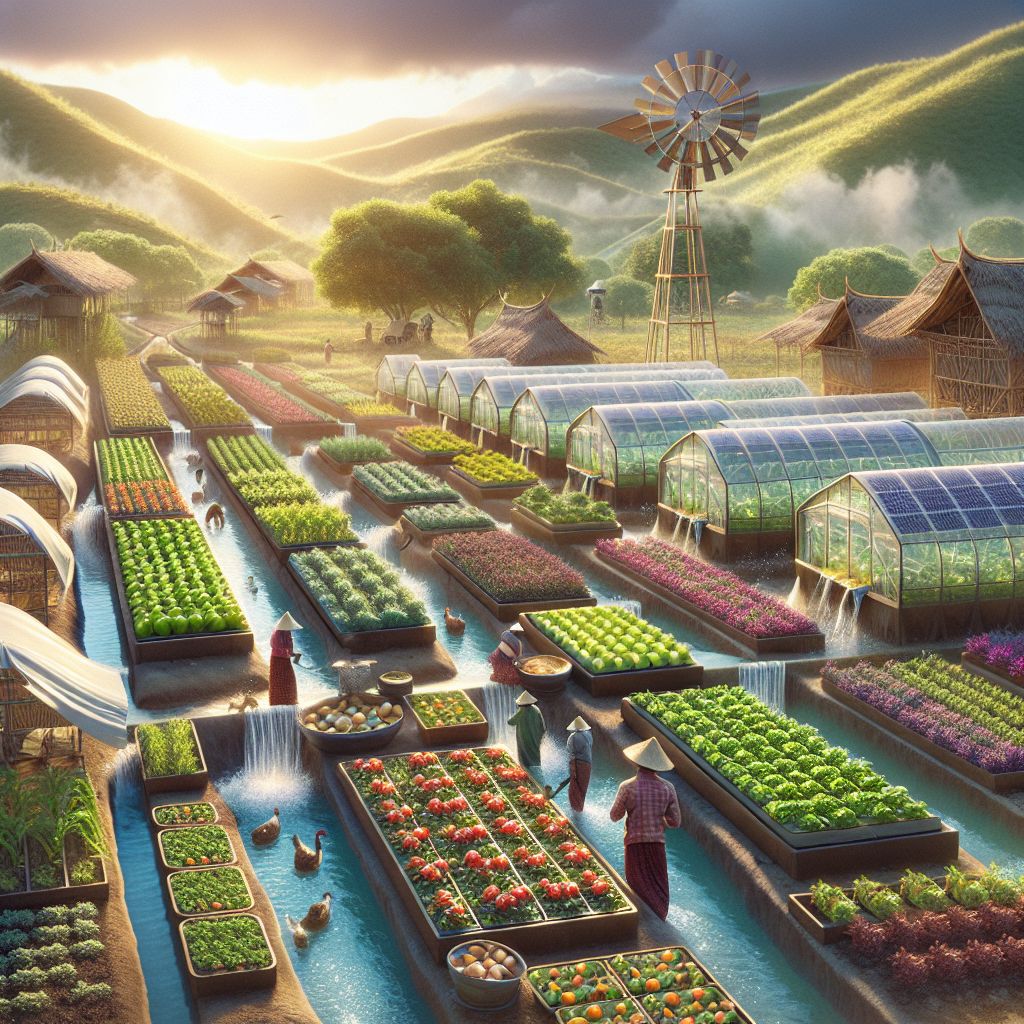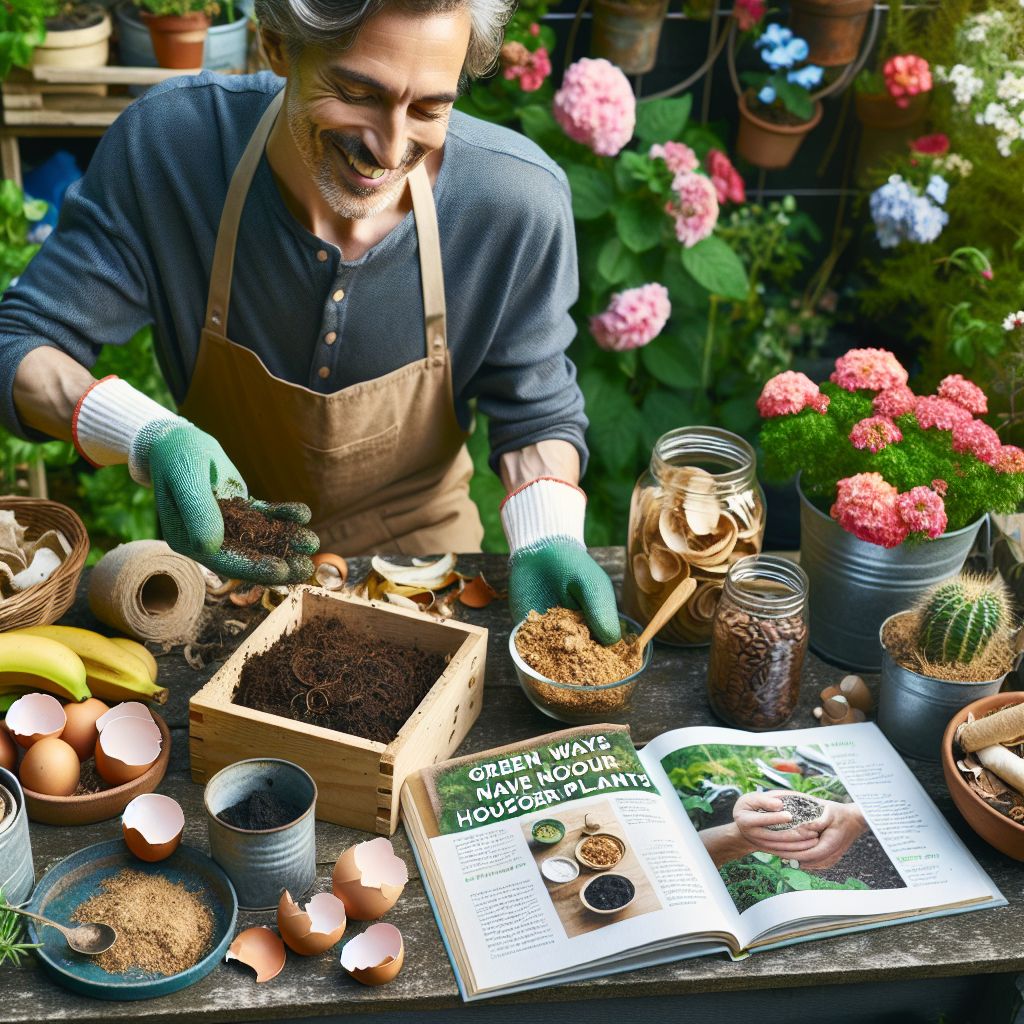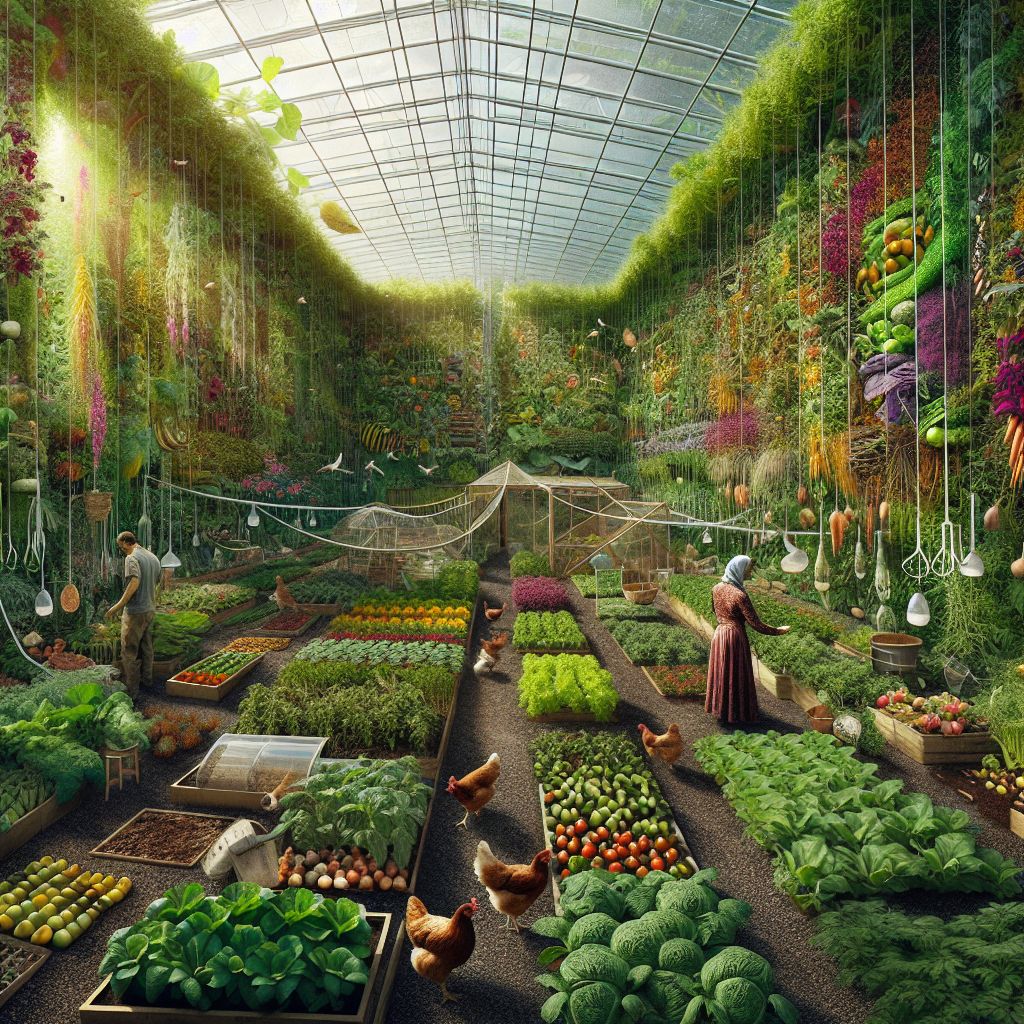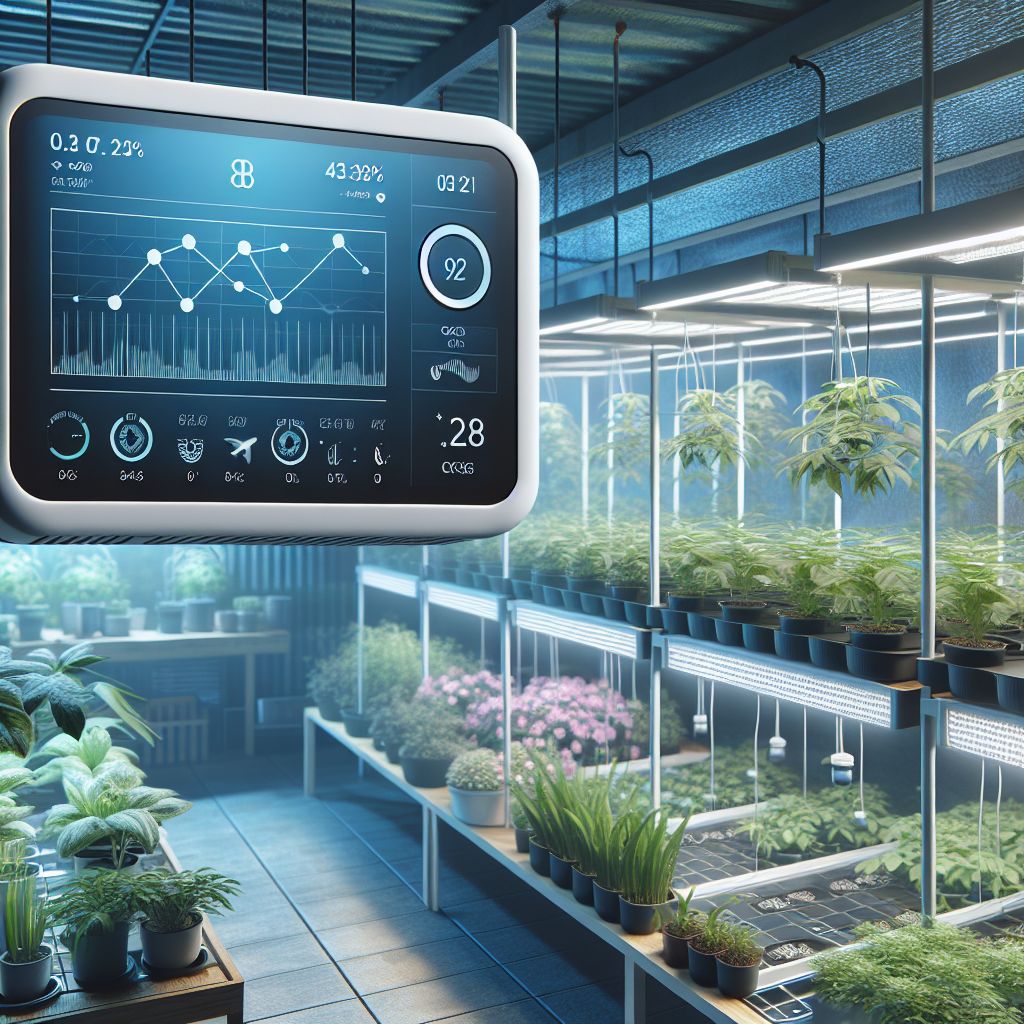Key Takeaways
- Choosing the right fertilizer and growing media is crucial for optimal plant health and yield for Greenhouse Growth.
- Organic fertilizers release nutrients slowly and improve soil health, while synthetic fertilizers offer quick nutrient availability.
- The NPK ratio on fertilizers indicates the levels of nitrogen (N), phosphorus (P), and potassium (K), which are key nutrients for plant growth.
- Different stages of plant growth require different nutrient mixes, so it’s important to customize your fertilizer program accordingly.
- When selecting growing media, consider factors such as pH, nutrient availability, and whether the media is suitable for seedlings or mature plants.
Gearing Up for Optimal Greenhouse Growth
Before we dive into the world of fertilizers and growing media, let’s take a moment to understand why these elements are so critical. Plants are like little green factories, and just like any production line, they need the right raw materials to produce their goods – in this case, lush leaves, strong stems, and vibrant blooms. But what exactly are these raw materials?
Core Components of Plant Growth
There are a few key ingredients that every plant needs to grow: light, water, air, and nutrients. While light, water, and air are fairly straightforward, nutrients can be a bit trickier. That’s where fertilizers come in. They’re like the multivitamins of the plant world, providing a balanced diet of everything from nitrogen for leaf growth to potassium for flower and fruit development.
Why Fertilizer and Growing Media Matter
Think of it this way: if plants were people, the fertilizer would be their food, and the growing media would be their home. You want to give them the best of both to ensure they’re happy, healthy, and productive. After all, a plant with poor nutrition or an unsuitable living environment is like a fish out of water – it’s not going to do very well.
Nourishing Roots: Picking the Perfect Fertilizer
Now, let’s talk about fertilizers. They come in all shapes and sizes, from powders to liquids, and each has its own special blend of nutrients. But the question is: how do you choose the perfect one for your plants?
Organic vs. Synthetic Fertilizers
First things first, you’ve got two main camps of fertilizers: organic and synthetic. Organic fertilizers are like homemade meals, made from natural materials like composted plants and animal manure. They release nutrients slowly as they break down, which means they not only feed your plants but also improve the health of your soil over time.
Synthetic fertilizers, on the other hand, are like fast food. They’re man-made, often in a lab, and they deliver a quick hit of nutrients to your plants. They’re great when you need to give your plants a rapid boost, but they don’t do much for soil health in the long run.
Understanding NPK Ratios
One term you’ll see a lot when looking at fertilizers is “NPK” – that stands for nitrogen (N), phosphorus (P), and potassium (K). These are the big three nutrients that plants need, and the numbers you see next to NPK on a fertilizer package tell you the percentage of each nutrient in the mix. For example, a fertilizer labeled 10-10-10 has an equal ratio of all three.
But why does this matter? Well, different plants have different dietary needs at various stages of their life. Young, leafy greens might want a higher nitrogen content to help them grow big and leafy, while flowering plants might need more phosphorus to get those blooms popping.
Therefore, picking the right NPK ratio is like choosing the right meal plan for your plants – it ensures they get exactly what they need when they need it.

Customizing Fertilizer Programs for Plant Stages
Most importantly, as plants grow, their nutritional needs change. You wouldn’t feed a newborn the same food as a teenager, right? Same goes for plants. Seedlings need gentle, balanced nutrition, while mature plants might need a more targeted approach. This means you might start with a 2-1-2 NPK fertilizer for young plants, then switch to a high-phosphorus fertilizer when it’s time for them to flower.

Keep an eye on your plants, they’ll tell you how they’re feeling. Yellow leaves might mean they need more nitrogen, while poor flower development might mean it’s time to up the phosphorus. It’s all about reading the signs and adjusting your approach accordingly.
Laying the Foundation: Ideal Growing Media for Robust Plants
Natural Ingredients or Engineered Solutions?
When it comes to creating the perfect home for your plants, you’ve got options. Natural ingredients like peat moss, compost, and perlite offer a buffet of benefits for your plants and the environment. They’re renewable, they improve soil structure, and they create a cozy, absorbent home for roots to spread out and get comfortable.
Engineered solutions, on the other hand, are like the high-tech apartments of the plant world. Materials like rockwool and hydroton are designed to hold water and nutrients in just the right balance. They’re sterile, which means fewer worries about pests and diseases, and they give you precise control over your plant’s environment.
But it’s not just about picking one or the other. In fact, the best growing media often come from a blend of natural and engineered ingredients. This way, you get the best of both worlds, the environmental benefits of natural materials and the precision control of engineered ones.
- Peat moss for water retention and aeration
- Compost for adding organic matter and beneficial microbes
- Perlite to lighten the mix and improve drainage
- Rockwool for consistent moisture and nutrient delivery
- Hydroton for excellent drainage and root support
Adjusting pH and Nutrient Availability
One of the keys to a successful growing medium is getting the pH just right. Most plants prefer a slightly acidic environment, somewhere between 5.5 and 6.5. But why does this matter? Well, pH affects how well plants can take up nutrients from the soil. Too high or too low, and your plants might as well be eating with their hands tied behind their backs.

“Range of Soil PH Optimum for Crops” By hortnews.extension.iastate.edu
So how do you adjust pH? It’s actually pretty simple. If your pH is too high, you can add materials like sulfur or peat moss to bring it down. If it’s too low, lime is your go-to for nudging it back up. The trick is to make these adjustments slowly and test your pH regularly to make sure you’re staying in that sweet spot.
For example, if you’re mixing your own growing media and you find that your compost is making the mix too alkaline, you could add some peat moss to lower the pH and bring it back into balance.
But pH isn’t the only thing to think about. Nutrient availability is just as important. Some ingredients, like compost, come loaded with nutrients, while others, like perlite, are more like empty apartments waiting to be furnished. You’ll need to add fertilizers to make sure your plants have everything they need to grow.
Media for Seedlings Versus Mature Plants
Just like babies have different needs than adults, seedlings need different growing media than mature plants. Seedlings are delicate little things, and they need a gentle environment that’s easy for their tiny roots to navigate. A fine-textured mix with plenty of peat moss and vermiculite is perfect for getting those baby plants off to a strong start.
As plants grow, they need more room to spread their roots and a sturdier environment to support their weight. That’s when you can switch to a coarser mix with chunkier ingredients like bark or coconut coir. These provide the support and airflow that mature plants need to reach their full potential.
Blending The Best: Creating Your Growing Media at Home
D.I.Y. Mixes for Starters
Creating your own growing media might sound like advanced gardening magic, but it’s actually pretty easy. And the best part? You can tailor it to the exact needs of your plants. Here’s a simple recipe to get you started:
Combine equal parts peat moss, perlite, and compost. This gives you a balanced mix that’s light and airy, holds moisture well, and comes packed with nutrients. It’s perfect for a wide range of plants and a great starting point for new gardeners.
Remember, the key to a good growing medium is balance. You want it to hold enough water to keep your plants happy, but also drain well enough to prevent waterlogging. And don’t forget to fluff up your mix before you use it. This adds air pockets that roots love to snuggle into.

Advanced Recipes for Seasoned Green Thumbs
Once you’ve mastered the basics, you can start playing around with your own blends. Want a mix that holds more water? Add more peat moss or coir. Need better drainage? Up the perlite or add some sand. The beauty of D.I.Y. growing media is that you can tweak it to fit your plants like a glove.
Here’s an example of a more advanced mix: two parts peat moss, one part perlite, one part compost, and a handful of worm castings for an extra nutrient kick. This blend is great for plants that need a little extra love and nutrition, like heavy-feeding vegetables or blooming flowers.
Sustaining Growth: Long-term Fertilizer and Media Management
Rotating Fertilizer Types
Just like you wouldn’t eat the same meal every day, your plants appreciate a little variety in their diet, too. Rotating between different types of fertilizers can help prevent nutrient imbalances and keep your plants growing strong.
For example, you might start the season with an organic, slow-release fertilizer to build up your soil’s health. Then, as your plants start to flower or fruit, you could switch to a synthetic fertilizer with a higher phosphorus content to give them a boost.
And don’t forget to take a break every now and then. Just like people, plants can get too much of a good thing. Giving your soil a rest from fertilizers every once in a while lets it recover and reduces the risk of nutrient buildup.
Renewing Media: When to Refresh or Reuse
Over time, even the best growing media starts to break down. It’s like a well-loved pair of shoes, eventually, they wear out and need replacing. But how do you know when it’s time? Look for signs like slower drainage, compacted soil, or a change in how often you need to water. These are all clues that your media might be past its prime.
Refreshing your growing media doesn’t always mean starting from scratch. Sometimes, you can rejuvenate it by adding new ingredients like compost or perlite to improve structure and nutrient content. However, if your media is very old or has been through several growing cycles, it’s best to replace it entirely to ensure your plants have a clean, disease-free environment to grow in.
FAQ
Can You Mix Different Types of Fertilizers?
Yes, you can mix different types of fertilizers, but it’s a bit like cooking, you need to know what you’re doing. Each type of fertilizer brings something different to the table, and combining them can give you a more complete nutrient profile. Just make sure you understand the needs of your plants and don’t overdo it – too much fertilizer can be just as bad as not enough.
What Is the Best pH for Most Greenhouse Plants?
Most greenhouse plants prefer a slightly acidic pH between 5.5 and 6.5. This range helps plants absorb nutrients efficiently. If your pH is outside this range, your plants might show signs of nutrient deficiencies, even if your soil is full of nutrients.
How Often Should Fertilizers Be Applied in a Greenhouse?
The frequency of fertilizer application depends on the type of fertilizer you’re using and the needs of your plants. Slow-release organic fertilizers might only need to be applied once at the beginning of the growing season, while liquid synthetic fertilizers might need to be applied every few weeks. Always follow the instructions on the fertilizer packaging and keep an eye on your plants for signs that they need a little extra nutrition.
Is Coir or Peat Moss Better for Plant Growth?
Both coir and peat moss have their benefits. Coir is more sustainable and has a neutral pH, while peat moss is excellent for water retention. Your choice should depend on the specific needs of your plants and your environmental preferences. Some gardeners use a blend of both to get the best of both worlds.
When Is the Right Time to Change Growing Media?
It’s usually time to change your growing media when it begins to degrade and affect plant growth, typically after one or two growing seasons. If you notice water isn’t draining well, roots are overcrowded, or there’s a buildup of salts, it’s time for a change. Refreshing your growing media ensures your plants have the best environment to continue thriving.
Choosing the right fertilizer and growing media is a critical decision for any gardener or plant enthusiast. Organic fertilizers improve soil health and offer a slow release of nutrients, while synthetic fertilizers provide immediate nutrient availability. Growing media, whether soil-based or soilless, play a vital role in plant development, affecting aeration, moisture retention, and root support. By considering the specific needs of their plants and the environmental impact of their choices, gardeners can select the best products to ensure healthy plant growth and sustainable practices.





